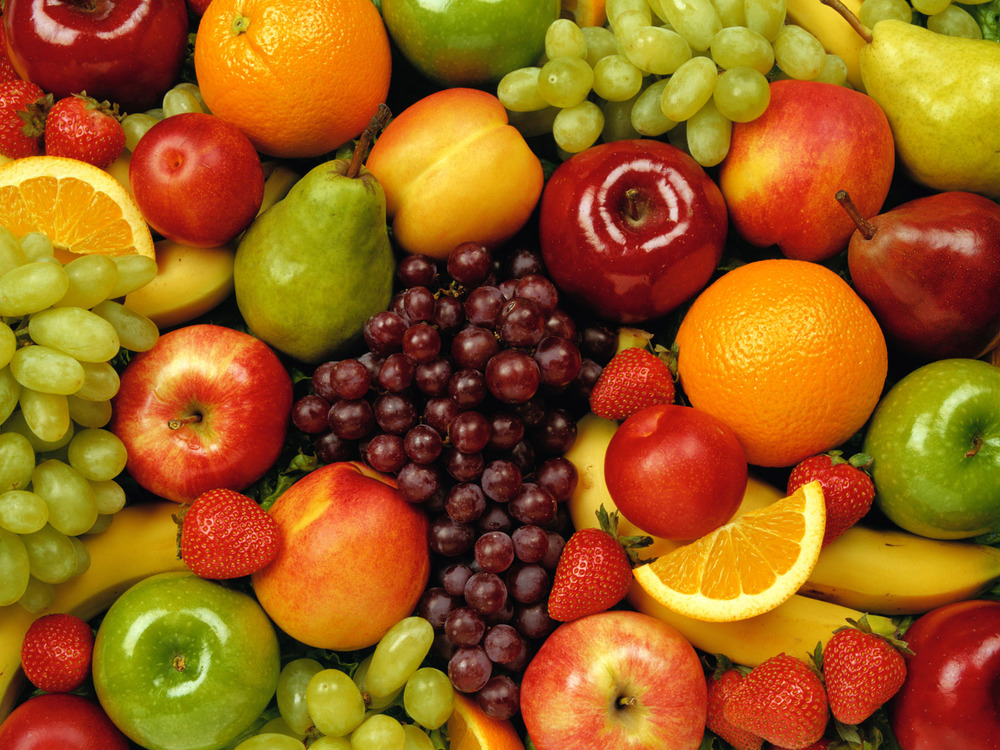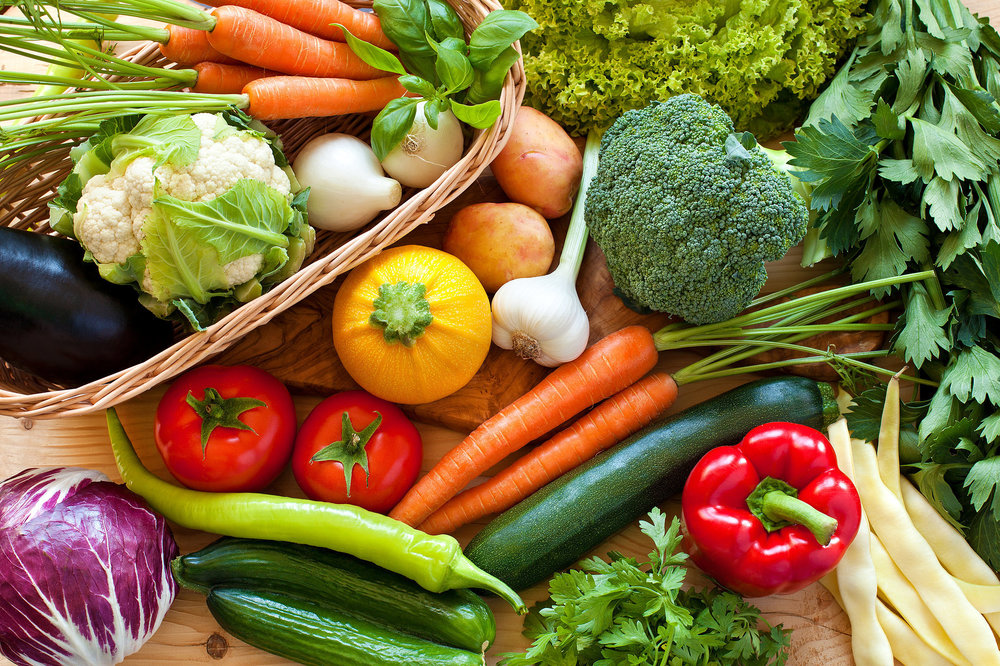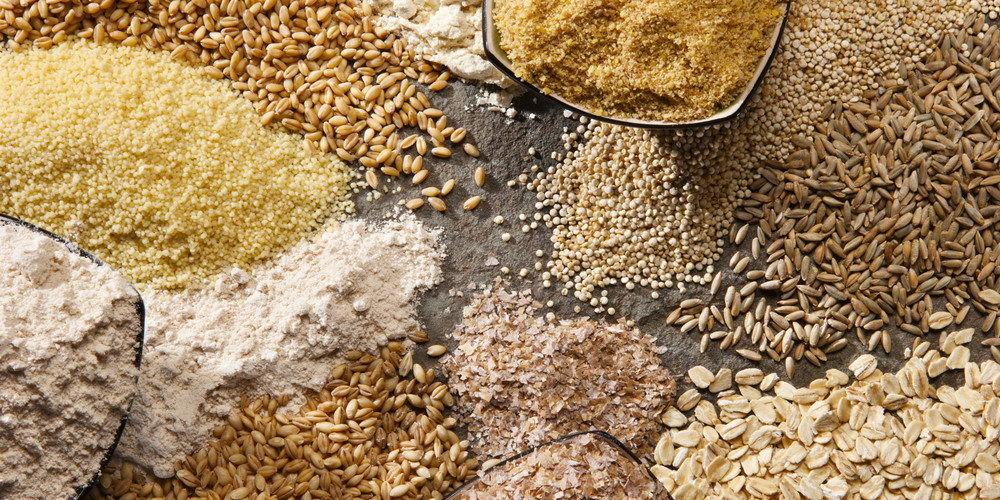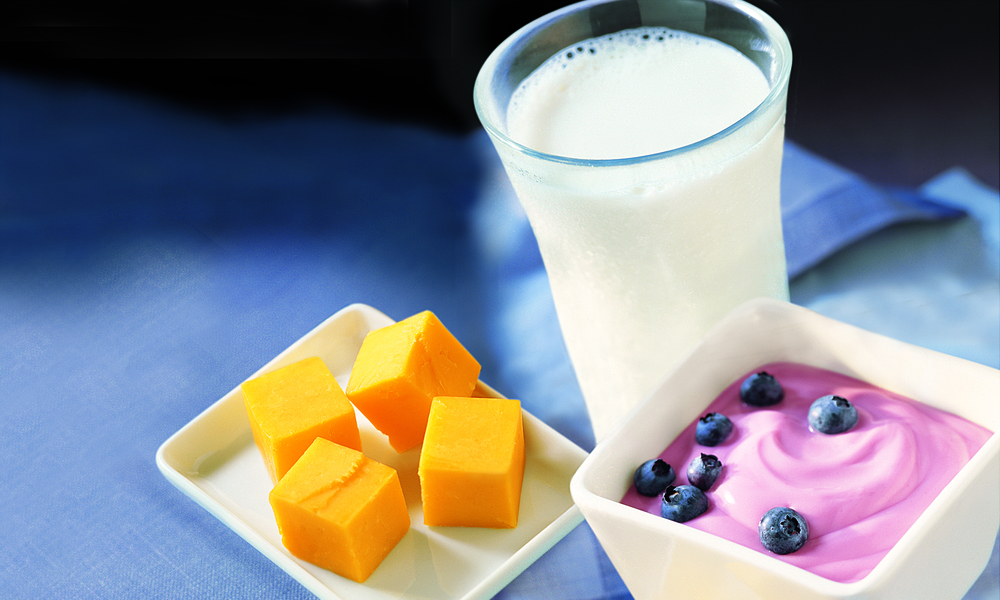Carbohydrates are a controversial subject in the fitness world. “Do carbs make me fat?”, “Are carbs unhealthy?”, “Can I give my children carbs?” are all questions that come up in the diet fad magazine articles and create a blurry picture of carbohydrates for those seriously concerned about their nutrition.
Doing research (scientific studies, scholarly articles, etc.) on each nutrient will help you better understand your diet and how your body uses it. However, for a crash course on carbs, your body needs them.
Carbohydrates are your bodies prime source of energy, and you need them – especially if you’re exercising regularly. With that said, not all carbs are created equally. Some carbs burn up faster (are processed and broken down more quickly) than other carbs, which can have an effect on your diet.
Fast burning carbs give you an insulin spike that helps with muscle recovery after a workout by making it easier for your blood to transport nutrients to your muscles. The only issue is, fast-burning carbohydrates don’t leave you feeling full for very long. This is where slow-burning carbs come in.
Glycemic Index
Slow-burning carbohydrates are carbohydrates that have a glycemic index (GI) of 55 or less. The glycemic index is basically a measurement of how much of an affect a substance has on your blood-glucose level.
Fast-burning carbs have a high glycemic index for quick spikes in your blood-glucose level. This is particularly the reason why a lot of diabetics keep candy around to quickly spike their blood sugar in case it gets too low.
Slow-burning carbs don’t have as drastic of an effect on blood sugar and are broken down more slowly and thus keep you feeling full for longer. For this reason, slow-burning carbs are a popular choice among people who are dieting, as one of the main concepts of dieting is to eat less but still feel full.
In addition to the benefits of dieting with slow-burning carbs, they can help with diabetes in a different way than fast-burning carbs. Eating foods that have less of an effect on blood glucose will help to monitor and maintain your blood sugar.
Here is a list of the slow-burning carbs you should be eating and some tips for implementing them into your diet:
The Best Slow Burning Carbs To Eat
Fruit
That’s right, fruit. An apple a day keeps the doctor away, but it also keeps the tummy off. Fruits like cherries, plums, grapefruits, apricots and peaches all contain slow-burning carbs, so don’t be afraid to raid the fruit section at the grocery store, as these fruits will keep you full and energized. Quick fruit salads can provide a great source of long-lasting energy and fullness.
Another popular way to get fruit into your diet is smoothies. If you have a blender and you’re not making a smoothie every once in a while, you’re missing out on an easy way to pack extra nutrients into your diet all while tasting great. Adding protein powder, a few dashes of cinnamon or the vegetables you’re not particularly fond of in their whole form (but have great health benefits) can be great ways to boost your smoothie’s nutritional value.
Vegetables
Well, look at that. Fruits and vegetables. The foods that were hammered into as being healthy as child also contain slow-burning carbs to help you maintain a healthy weight. Peas, carrots, eggplants, lettuce, green beans and red peppers are all vegetables that have slow-burning carbs, so remember to load your plate up with veggies to keep your hunger satiated. Add a few vegetables when sautéing your favorite meals to stay fuller longer. Also, packing and keeping a few salads around for quick snacks can be great ways to keep your appetite suppressed while not taking in hundreds of extra calories.
Grains
Contrary to popular belief, not all grains contain slow-burning carbs. Several whole grain cereals and similar products can be fast-burning. Slow-burning carbs of the grain variety include rice, oat bran, whole wheat bread, pasta and wheat tortillas. Add some vegetables to your grains to maximize the amount of slow-burning carbs-to-other stuff ratio in your meals.
Legumes
Beans, beans, the magical fruit…that keeps you thin! Not only are beans a good source of protein, zinc, iron and healthy fats, but they are slow-burning carbohydrates that will keep your appetite at bay until your next meal. Beans are an easy addition to other dishes, and are delicious on their own! Make sure to watch out for added sugars and other ingredients contained in the dish, and don’t feel so guilty about that burrito. Kidney beans, lentils, chickpeas, black-eyed peas and navy beans all contain slow-burning carbs, so you’re not just limited to one or two boring varieties.
Dairy
Now we’re getting into controversial territory. If you’re lactose intolerant or otherwise have an aversion to dairy, soy milk is also a slow-burning carb. For the rest of you, dairy products are slow-burning carbs. Dairy products are also high in protein and calcium; and, as long as you’re watching the fat content, they can be great supplements to your diet, especially if you’re taking part in an intense workout routine. Milk, yogurt, soy milk and most of their varieties (skim, low-fat, sugar-free, etc.) are slow-burning carbs and are great for muscle recovery.
Conclusion
Carbohydrates are good, your body needs them to provide it with energy for all of the millions of processes that it’s constantly running. Between fast and slow-burning carbohydrates, it’s good to have a mix of both in your diet, but definitely more abundant in the slow-burning variety.
If you do meal prep for work, make sure you’re getting a good amount of either grains, legumes, dairy, fruits, vegetables or a combination of any 2 or more into your meals. If you go day-by-day with your diet, simply keep in mind the effects of fast vs slow-burning carbs and which ones are which. A few simple dietary choices daily are all it takes to transform your body.




Awesome information, thanks for a great explanation, feel like I have a much better understanding!
You are the only site that answered my question. My husband is diabetic and was told to eat a piece of bread with peanut butter. Your article gave him other choices. Thank you